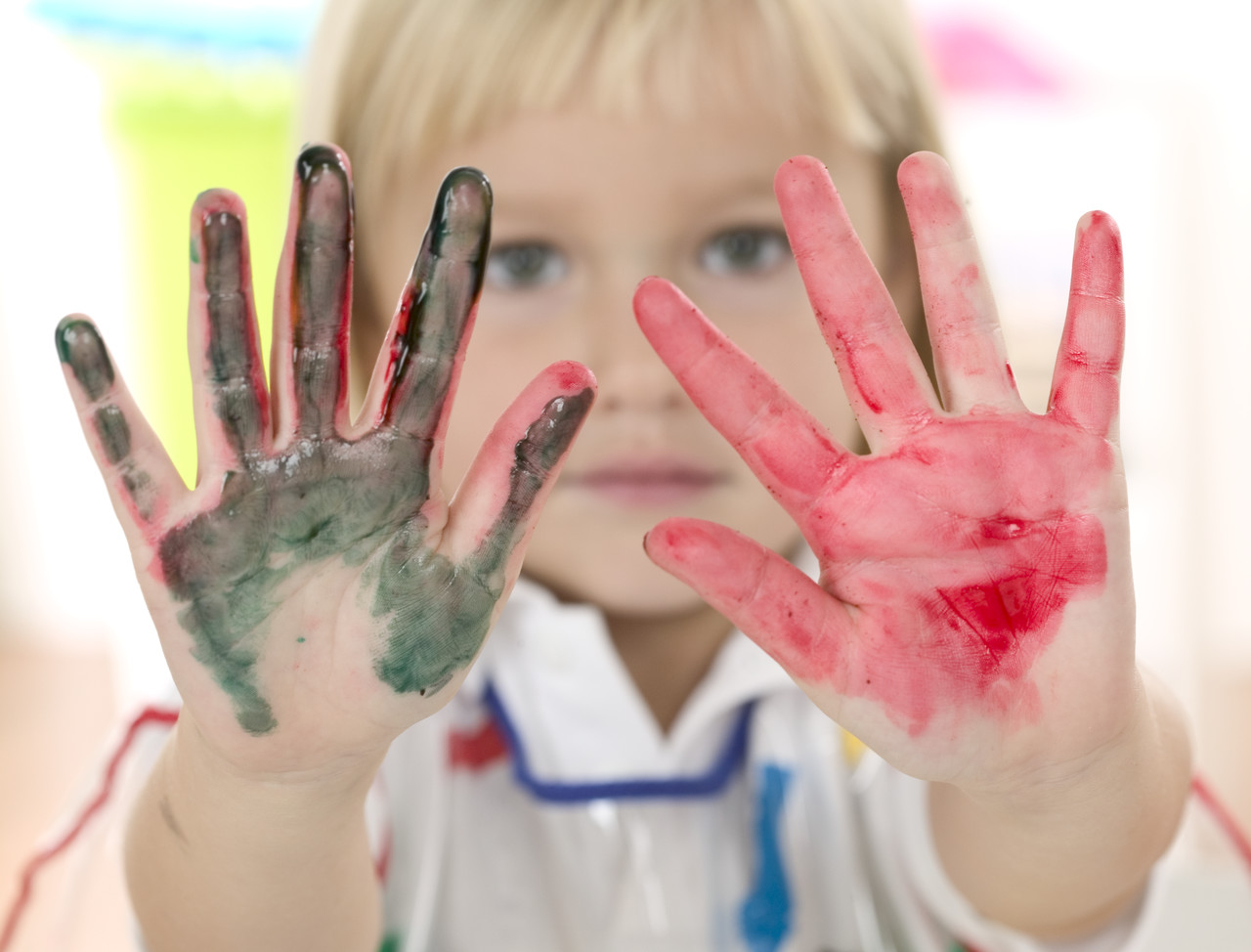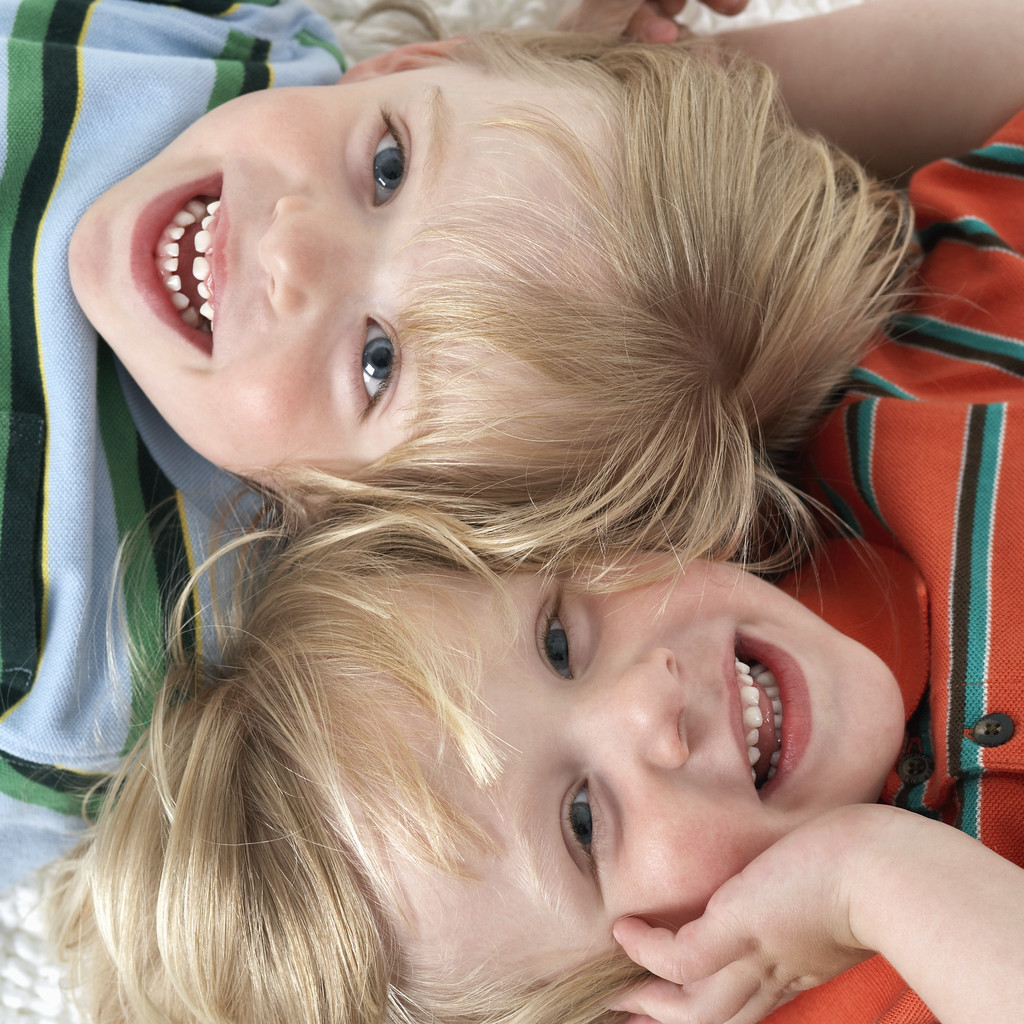
Saturday, April 18, 2009
The Other Two
Sourpuss and Sweetie Pie is the story of a little girl who is sometimes quite pleasant and other times more of a grouch. The girl's moods quickly change and she sometimes seems not to know who she is. Children who struggle to control emotions will be relived to know that changing moods happen to others.This book presents a positive way to talk about a difficult topic. It is obvious that the girl in the story is loved and that is probably the best place to start. Let the child know you love her and then discuss things the child can do when she is feeling grouchy. It may even be appropriate for adults to talk about times when they behaved less well than they should have and steps they will take to remain calm. Role modeling and thinking out loud are powerful teaching tools. Children are such imitators at this age, that they are quick to act as adults do.
As nice as this book is for children, I think it would be a great read for parents and grandparents. They too need to know that it is not only their child who has times when he or she is not so nice. This book can help caregivers have a better understand of normal child development and would be a great conversation started of what to do to help the child and themselves get through those grouchy moods.
The other book, Hug a Bug is simply a warm fuzzy book. You might want to read it in conjunction with Sourpuss and Sweetie Pie and discuss how good a hug can make you feel. It would be easy to make a class book of who each child thinks gives the best hugs. If you want a lesson to go with this book, talk about appropriate hugs and touching. The main character in the book does not limit her hugs to family and close friends, so you could discuss who we hug and that some people don't want hugs. For myself, I think I would simply use it as feel good book to end the school day or to read at bedtime.
New Books!!
The other new book, I will share today is Twelve Terrible Things by Marty Kelley. As soon as you open the book, there is a warning which states that the book is full of terrible things and not to continue if you if don't want to see them. I have no doubt that the majority of the children will begging for the page to be turned. The illustrations are so wonderful that, there is little need for the few words of text describing the terrible things. Children will enjoy creating their own lists or pictures of terrible things and commiserating with others about which things are the most terrible. As I wrote that last sentence, I wondered if you can really enjoy commiserating, but most of us do just that and some how it makes us feel better to know we are not alone in our problems. Books like this will help children learn to take those everyday problems in stride.
Friday, April 10, 2009
One of Those Days
If you read this book to a group of children, it should quickly start a discussion of what makes a bad day and let children know that others often feel the same way and have bad days, too.Hearing others talk about how they got over that "bad day feeling" would help teach others coping skills. Children may want to draw a picture of their bad days and it would be easy to make a bad day class book. If you are a parent at home or working individually with a child, you could help him make his own book. As I write that, I am wondering do we want to record the bad days, but when we do, we validate the child’s feelings and later can look back and see that we were able to move forward. If a child draws his disappointment at not getting to go to the park because it is going to rain, but is able to overcome the disappointment and do something else, it will make it easier to overcome the next disappointment. It would increase the usefulness to take time to draw a picture of the good things too- even if the good stuff doesn’t happen until the next day. As the child looks back he might say, “We didn’t go to the park, but we measured the rain and got a whole cup full. We made rain paintings and cookies with the babysitter.” A book like this could help build a positive outlook, a sort of make lemonade out of lemons book.
Some children may have fun with a "bad picture" picture. We all know a few perfectionists and those children might have a good time making a bad picture. I've seen children get upset when their drawing doesn't turn out the way they want, so turn it around and have them make the worst picture they can. Some of those worst pictures ever, might turn out to be some great art. It could turn a stressful day into a fun day!
Sunday, April 5, 2009
School Success
I have come to believe that one way to help children learn to concentrate and focus is to provide them with routines. I believe that routines help children organize their minds and be less scattered in their thinking. Eliminating distractions can help too. Maybe not all the distractions because that is not the way the real world works, but major distractions. Turn off the TV when reading to children. Give children one thing to do at a time. Just because we adults are always trying to multitask, we shouldn't demand this of our children.
Teaching persistence will also help with engagement. When a child knows how to persist, he or she does not need to go on to something else when the task has some difficulty. Teach persistence through memory games, hidden picture searches, mazes, and recalling events of the day. Read to your child everyday, but as time goes on read longer and longer books. I know several 5 year olds, whose parents did this. These 5 year olds are happy to sit and listen to their parents read chapter books to them. Most importantly learn about the child and figure out how to encourage the child to continue, push them to keep trying by telling them you know they can do it. Don't be so quick to jump in and help. Help them handle minor upsets and go on. No I'm not suggesting you push children to do things they can't. We don't want them to fail, but keep in mind the old saying that success breeds success.
Sometimes one of the best things is to talk to children about the topic. Here are a few books to help start the conversation:
Tightrope Poppy and the High-Wire Pig by Sudipta Bardhan-Quallen
Apple Batter byDeborah Turney Zagwyn
Pearl's New Skates by Holly Keller
Amandina by Sergio Ruzzier
I Am Really, Really Concentrating ( Charlie and Lola) by Lauren Child
Friday, April 3, 2009
Cooperation
There are many good follow up activities to illustrate how cooperation pays off for everyone. Of course making a class pizza seems a natural activity, but you could make other recipes, if you don't have the facilities to make a pizza. In the past I had the children make a cooperative sandwich. We took a small sub roll and supplied a selection of items to place inside. The children had to figure out a way to make a sandwich which suited them both. You could have the children build a tower together or draw a picture together using one sheet of paper. You might consider pairing up children, especially in new situations and have them look out for each other or do a job such as moving a box together. I've often thought it would be good to do the jobs on the job chart in pairs. If you can, provide toys, activities, or games that work better when children cooperate. Toys like rocking boats are meant for use by two or more. If you are feeling more ambitious, plan a group party or project to carry out as a group. This would be even better if families were a part of the effort.
Every now and then a child will say that the teachers are not the boss, I try to tell her that quite often when we are asking the children to do this or that, it is for the benefit of all of us. I might use the example that if a teacher asks a child to walk, it is so all of the children can be safe. Take advantage of spur of the moment opportunities to address the topic.
Probably one of the most important things you can do is to model the skill you want the children to learn. Just as children learn language by hearing others speak, they learn social emotional skills by seeing them demonstrated. Children are constantly watching the adults in their lives. Make sure that they see you working together with the other adults ( and children) in your home or workplace. Sometimes I think you need to over emphasize these examples to make sure the point comes through to those children who find it more difficult to pick up on such clues.
If you would like to share your ideas about cooperation, please write them in the comment section.
Wednesday, April 1, 2009
Social Emotional Intelligence
Dr. Schiller suggested some books we can use to build on her "Seven Key Ingredients of School Success." I hope to share some of these ingredients, the books that go with them, and ideas of how to use them during upcoming blogs. Right now? I need to reflect on how I can make my own classroom better using the information shared by Dr. Schiller.

